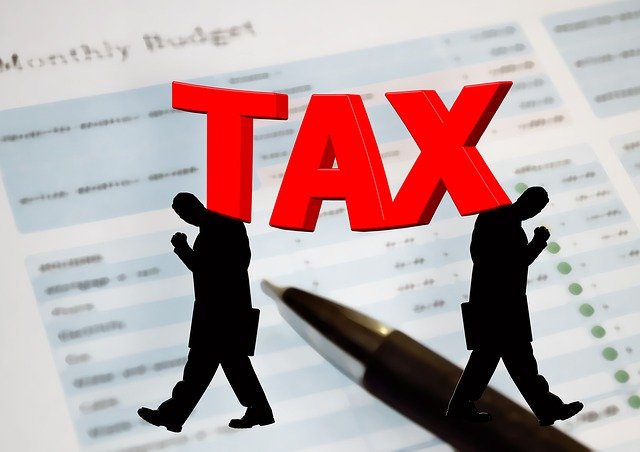
What is a tax base and why is it important
A tax base is the total value of all taxable property in a jurisdiction. This includes both real and personal property, such as homes, businesses, vehicles, and other assets. The tax base is important because it determines how much revenue a municipality can generate through taxation. For example, if the tax base is $100 million, the municipality can expect to collect $1 million in taxes at a rate of 1%. A large tax base is necessary to fund public services, such as schools, police and fire departments, and infrastructure. A municipality with a small tax base may struggle to provide adequate services to its residents. In some cases, a municipality may seek to increase its tax base by annexing neighboring territory or encouraging economic development.
How is the tax base used to calculate a tax liability
The tax base is the measure upon which a tax is imposed. The tax base can be the value of goods, services, or financial transactions. The tax base can also be the income or wealth of individuals or businesses. The tax base is used to calculate a tax liability, which is the amount of tax that a person or business owes to a government. The tax liability is usually calculated as a percentage of the tax base. For example, if the tax base is the value of goods sold, the tax liability would be a percentage of the total value of all the goods sold. If the tax base is income, the tax liability would be a percentage of total income earned. The tax base and the tax liability are two important concepts in taxation.
What are the different types of taxes and how are they calculated
There are four main types of taxes: income taxes, sales taxes, property taxes, and excise taxes. Each type of tax is calculated differently, but they all have one thing in common: they raise revenue for the government.
Income taxes are imposed on individuals and businesses based on their earnings. The tax rates vary depending on the amount of income earned, with higher earners paying a higher rate. Sales taxes are levied on the sale of goods and services. The tax rate is usually a percentage of the total purchase price. Property taxes are imposed on owners of real estate, such as homes and businesses. The tax rate is typically a certain amount per $1,000 of assessed value. Excise taxes are levied on specific items, such as alcohol, cigarettes, and fuel. The tax rate is usually a fixed amount per unit sold.
All four types of taxes play an important role in funding the government and providing services to taxpayers. Each type of tax has its own quirks and complexities, but understanding how they work is essential for anyone who wants to stay informed about the issues that affect their pocketbook.
How can taxpayers minimize their tax liability
There are a number of strategies that taxpayers can use to minimize their tax liability. One common approach is to take advantage of deductions and credits. For example, taxpayers can deduct eligible expenses, such as business expenses or home office expenses. They can also claim credits, which reduce their tax liability dollar-for-dollar. Another approach is to defer income into the future. This can be done by contributing to a retirement account or taking advantage of an employer’s pension plan. Finally, taxpayers can try to negotiate a lower tax rate with the IRS. This is typically done through an offer in compromise, which is a negotiated settlement between the taxpayer and the IRS. By taking advantage of these strategies, taxpayers can minimize their tax liability and keep more of their hard-earned money.
What is the difference between a deduction and a credit
Deductions and credits both reduce the amount of taxes you owe, but they work in different ways. A deduction lowers your taxable income, while a credit lowers your tax liability directly. In other words, a deduction reduces the amount of income that is subject to tax, while a credit reduces the amount of tax that you owe. Some common deductions include mortgage interest, charitable donations, and state and local taxes. Some common credits include the earned income tax credit, the child tax credit, and the senior citizen tax credit. Both deductions and credits can save you money on your taxes, so it’s important to understand the difference between them.
What are some common deductions and credits taxpayers can take advantage of
There are a number of deductions and credits that taxpayers can take advantage of. Some of the more common deductions include those for home office expenses, charitable donations, and medical expenses. Taxpayers can also claim a credit for certain qualified educational expenses. In addition, there are a number of deductions and credits available for businesses, including those for start-up costs and employee training. By taking advantage of these deductions and credits, taxpayers can save a significant amount of money on their taxes.


































